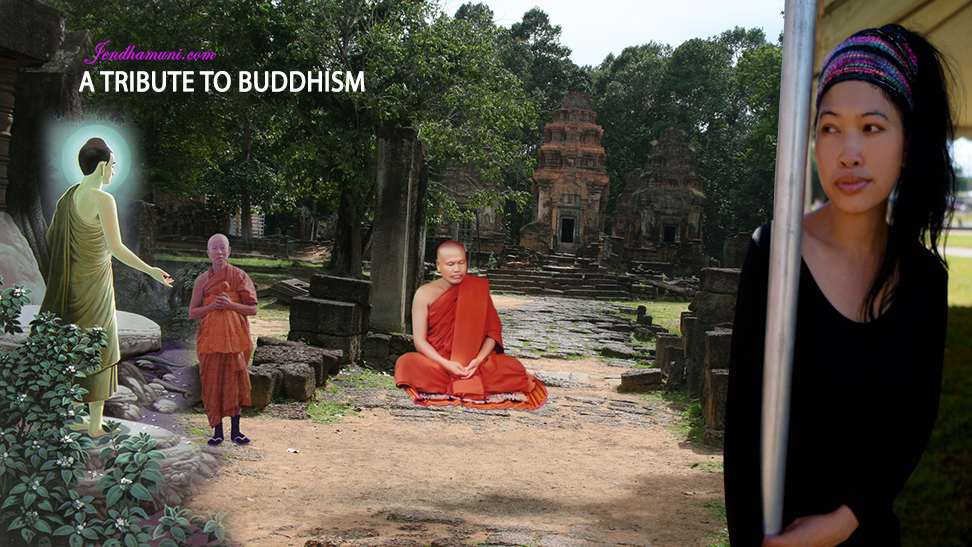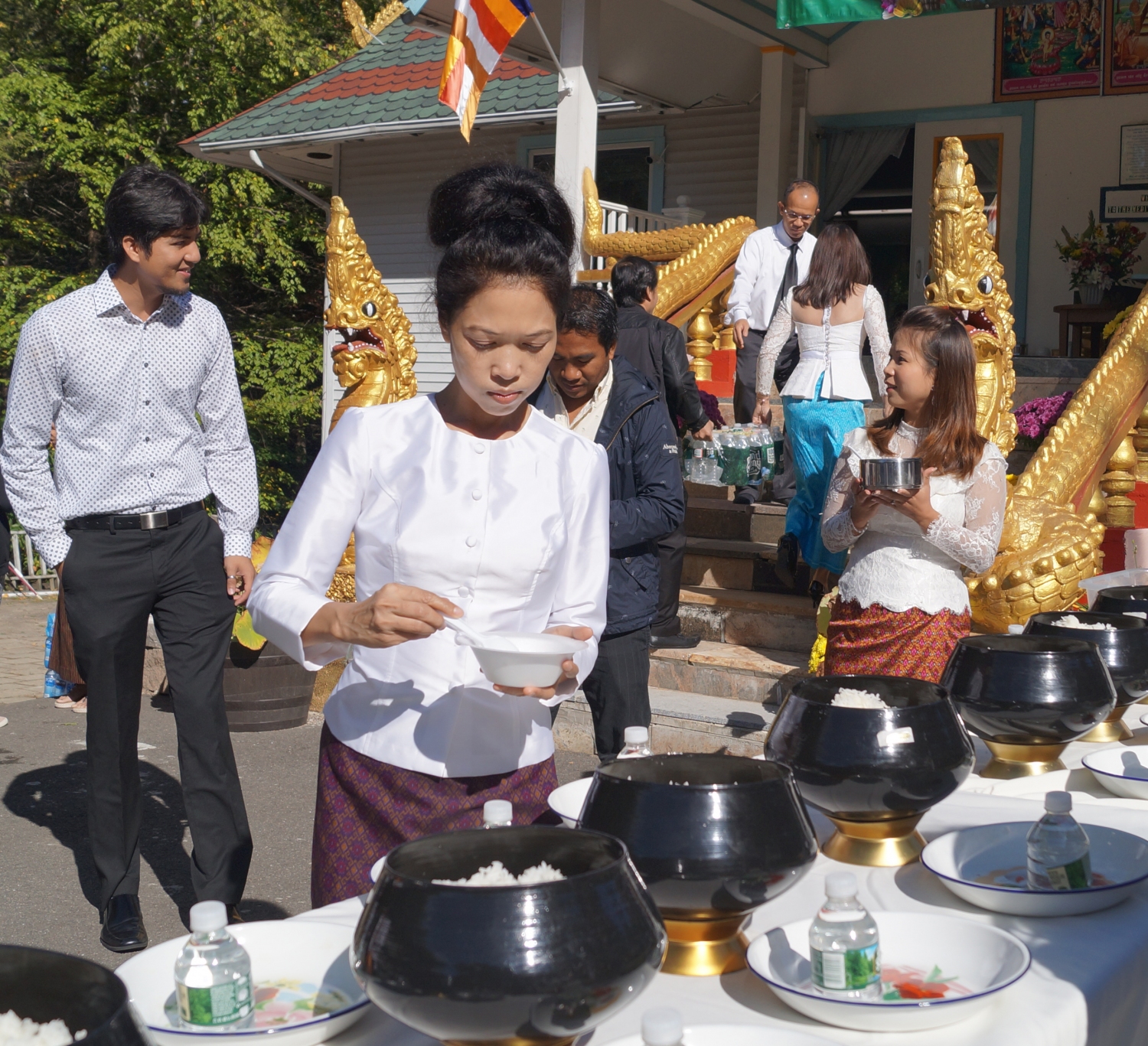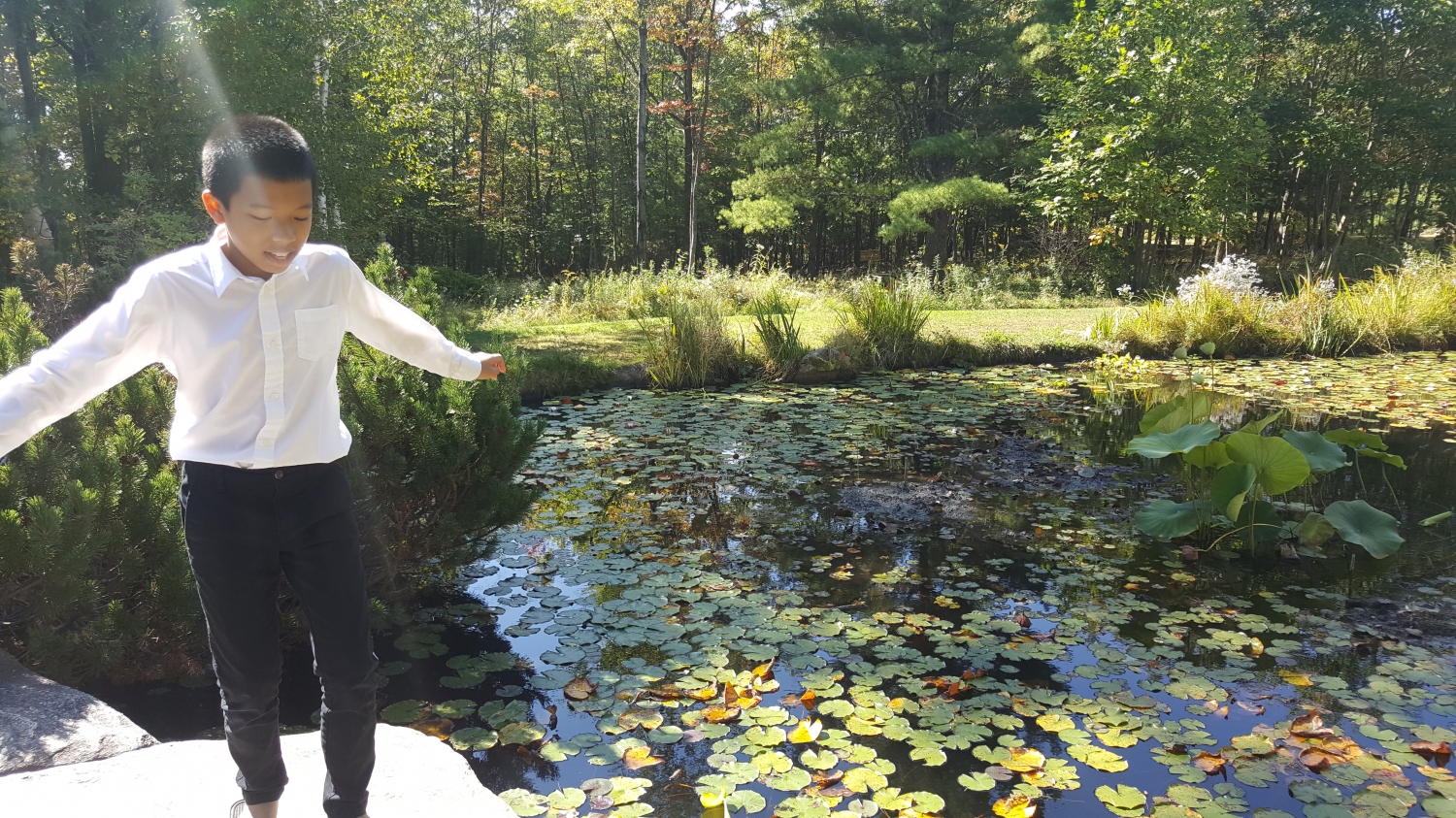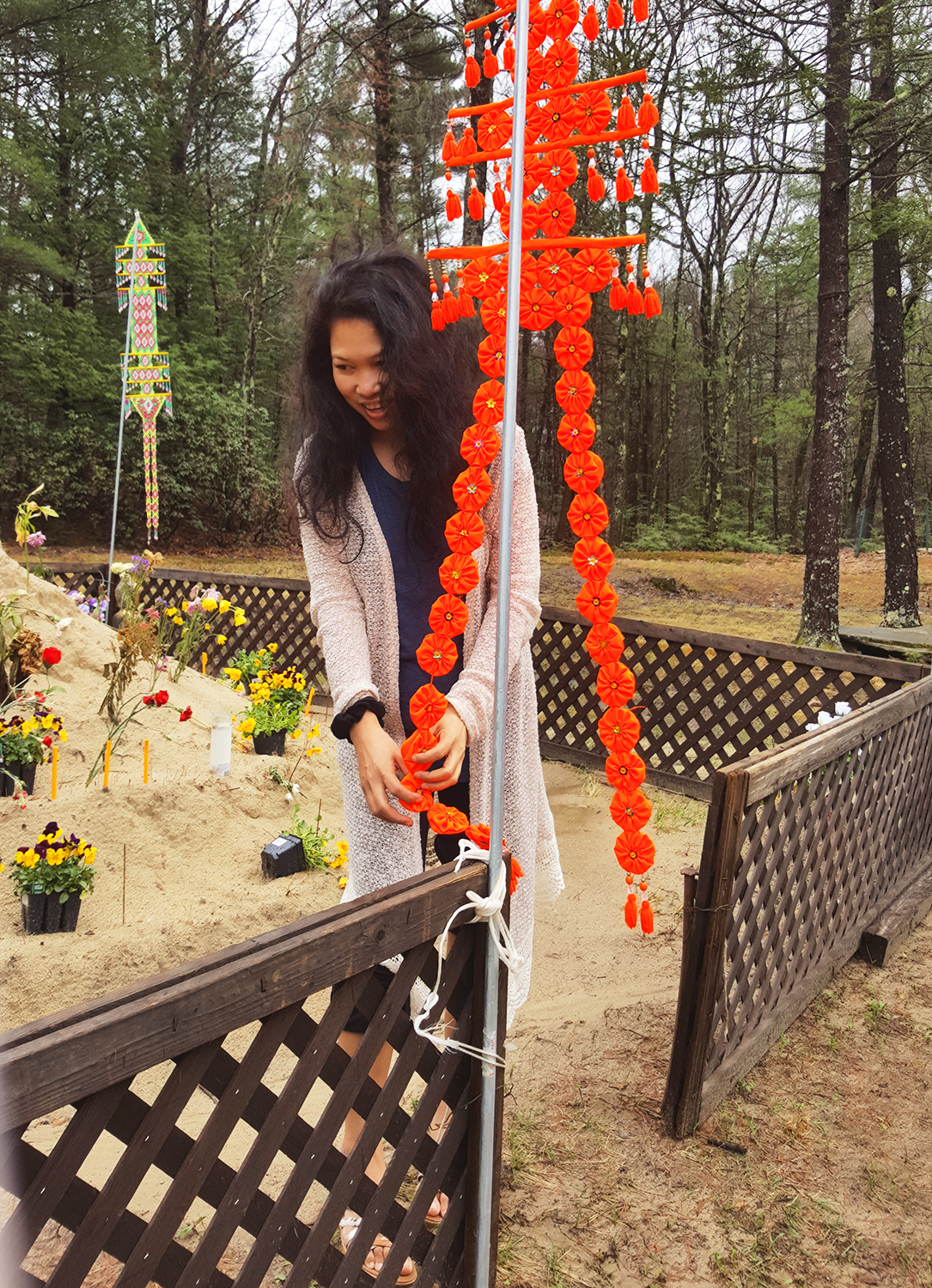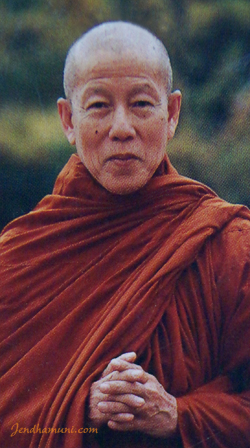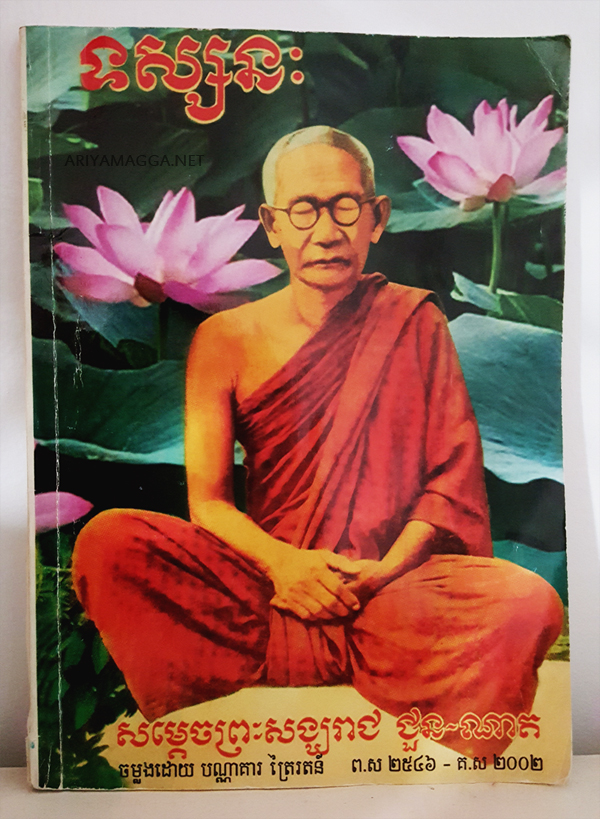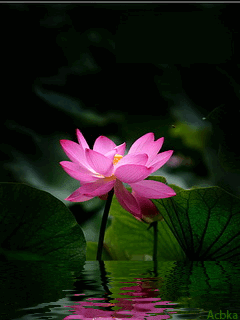Calm and peaceful…when surrounded by a heated atmosphere
In our rough and rugged individualism, we think of gentleness as weakness,being soft and virtually spineless. Not so! Gentleness includes such enviable qualities as having strength under control, being calm and peaceful when surrounded by a heated atmosphere, emitting a soothing effect on those who may be angry or otherwise beside themselves, and possessing tact and gracious courtesy that causes others to retain their self-esteem and dignity. Instead of losing, the gentle gain. Instead of being ripped off and taken advantage of, they come out ahead! ~Charles Swindoll

